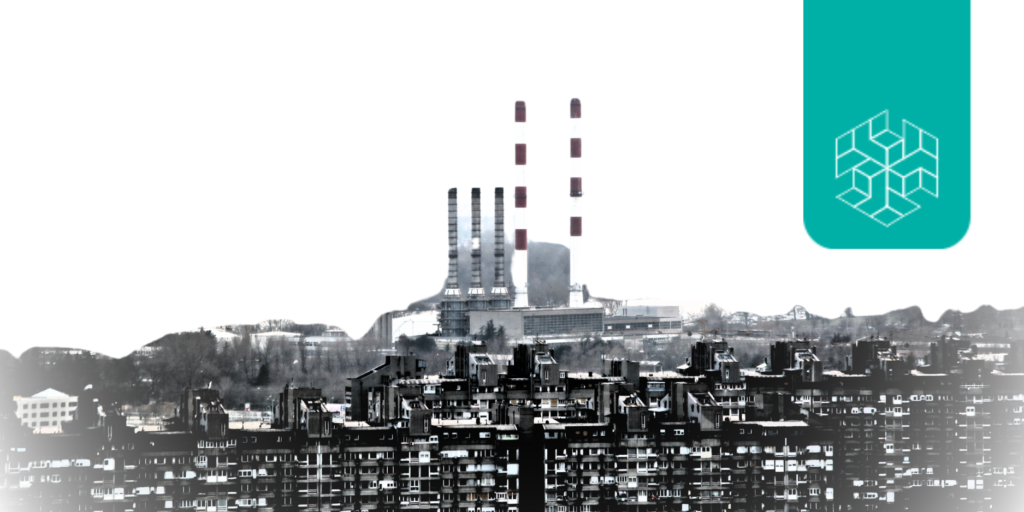Author: Neha Chauhan
Introduction: the Comprehensive List of Critical Minerals
The world has witnessed unprecedented technological advancements and growing demand for clean energy solutions in recent years. This transformative shift towards a sustainable and low-carbon future has underscored the critical importance of securing a reliable supply of some crucial minerals. The Government of India has recognised this urgency and has diligently worked to identify and develop domestic sources of these minerals. Without a comprehensive list of minerals critical for the country, formulating effective policy measures to safeguard against supply chain vulnerabilities becomes challenging. To address this, the Central Government established an expert committee tasked with identifying India’s critical minerals through a rigorous three-stage assessment process.
Considering essential parameters such as the country’s resource and reserve positions, production capabilities, import dependencies, and their applications in future technologies and clean energy solutions, the committee has successfully identified a set of 30 critical minerals. On June 28, India officially unveiled this comprehensive list of critical minerals, recognising its paramount significance for economic development and security. This list comprises minerals like Antimony, Beryllium, Bismuth, Cobalt, Copper, Gallium, Germanium, Graphite, Hafnium, Indium, Lithium, Molybdenum, Niobium, Nickel, PGE, Phosphorus, Potash, Rare Earth Elements (REE), Rhenium, Silicon, Strontium, Tantalum, Tellurium, Tin, Titanium, Tungsten, Vanadium, Zirconium, Selenium, and Cadmium.
Why is it essential to identify critical minerals?
Identifying critical minerals is vital for countries worldwide due to their pivotal role in driving economic development and safeguarding national security. These minerals, essential for various industries, manufacturing processes, and defence equipment, have been recognised by most countries based on national priorities and future requirements. The potential risks stemming from the concentration of extraction or processing in a few locations have become evident in recent years. Global trade tensions, pandemic-induced supply chain disruptions, and geopolitical conflicts have exposed these critical minerals’ supply chain vulnerabilities and highlighted the dangers of overreliance on production concentrated within a single country. A notable example occurred in 2010 when China suspended exports of REEs to Japan for 59 days, leading to a significant surge in rare earth oxide prices, impacting industries heavily reliant on these minerals.
In this context, a recent report titled ‘Addressing Vulnerabilities in the Supply Chain of Critical Minerals’ emphasised that 15 countries globally hold more than 55% of seven critical minerals, including Cobalt, Copper, Graphite, Lithium, Manganese, Nickel, and REE. Interestingly, India’s list of critical minerals encompasses all these elements except manganese. Recent data also highlights India’s 100% import dependency for certain elements (see Table 1).
Table 1: Net import reliance for some critical minerals of India
| S.No. | Mineral | Import Dependency % |
| 1. | Lithium | 100% |
| 2. | Cobalt | 100% |
| 3. | Nickel | 100% |
| 4. | Vanadium | 100% |
| 5. | Germanium | 100% |
| 6. | Rhenium | 100% |
| 7. | Tantalum | 100% |
| 8. | Strontium | 100% |
Source: Unlocking Australia-India Critical Minerals Partnership Potential (2021)



